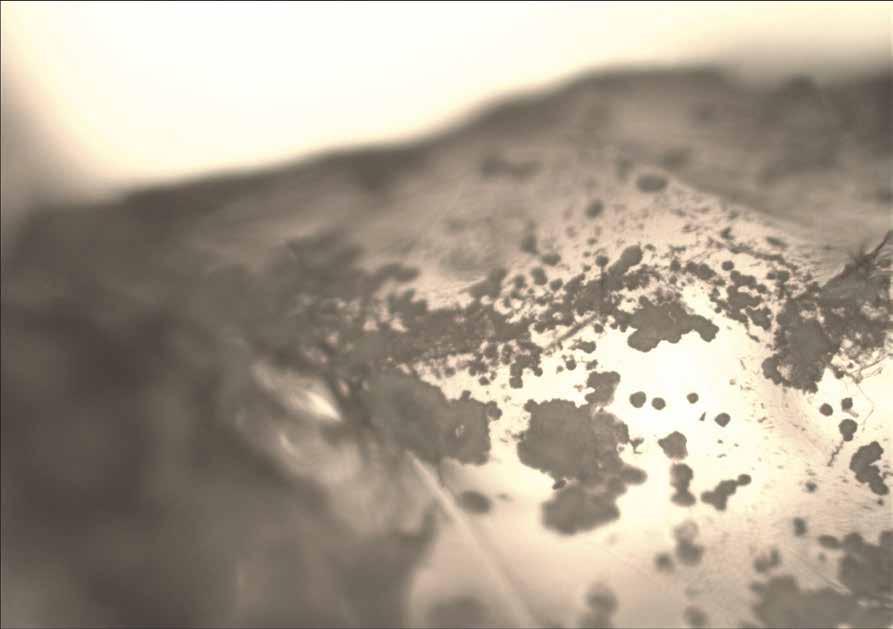
3 minute read
CO 2 LIFE
Harnessing the value of CO 2
While reducing atmospheric concentrations of carbon dioxide is a major priority across much of the world, researchers are also keen to use this molecule effectively. Researchers in the CO 2 Life project are drawing inspiration from the natural world to develop a chemical process that converts CO 2 into valuable products, as Professor Patricia Luis explains.
The idea of capturing carbon dioxide (CO 2 ) and storing it has attracted a lot of attention as a means of reducing the impact of emissions on the global climate, yet CO 2 is also an important source of carbon. Researchers in the CO 2 Life project are developing a process to not only capture CO 2 , but also use it in the production of specific components. “We are using biocatalysts to convert the CO 2 into valuable products, such as bicarbonates, ” explains Professor Patricia Luis, the project’s Principal Investigator. The project’s focus is on post-combustion emissions, when CO 2 is extracted from flue gases in a factory chimney for example. Now Professor Luis and her colleagues are looking to develop a process to capture CO 2 and convert it: “We are using last generation technology to do the conversion and purification,” she says.
CO 2 Life project Researchers in the project are using novel technology, with the goal of optimising the conversion of CO 2 into bicarbonates. When using biocatalysts, the economic cost of the conversion path is an important consideration, so Professor Luis is also drawing on the knowledge of researchers in other disciplines. “We are collaborating with colleagues who are specialists on biocatalysed reactions. We are looking for systems in which the conversion is economically feasible. This is not easy to achieve,” she outlines. “My group is evaluating the efficiency of the overall process, and assessing the importance of different parameters in order to be able to scale up the process”, continues Professor Luis.
This is a major factor in terms of the possible industrial application of this process, which could play an important role in mitigating the impact of climate change. At this stage Professor Luis is working with relatively small devices, yet she is very much aware of the wider relevance of this research. “We’re looking at things like the effect of operation conditions, then we can look to investigate how the equipment would work at larger scales,” she says. While this research could hold important implications for industry, there are also
Products obtained with the technology developed in the CO 2 Life project.
We are using biocatalysts to enhance CO 2 capture. We try to convert the CO 2 into valuable products.

elements of the project’s work that are more fundamental in nature. “We are trying to produce something that is inherently applicable in industry. However, we’re also addressing more fundamental problems,” says Professor Luis.
The ultimate goal is to help remove CO 2 from the atmosphere and enable its reuse in a different form, so alongside the development work, Professor Luis also plans to assess the overall effectiveness of the process. “We’re not just developing a process, we also need to evaluate if we are not producing more CO 2 than that that is captured. Are we doing something useful against climate change?” she asks. This means taking a holistic perspective, and considering all the energy costs associated with the development, operation and maintenance of the process itself. “It’s very important to analyse our work in detail and to perform a deep environmental and economic evaluation, in addition to assessing the technical viability of the process,” stresses Professor Luis.
CO 2 LIFE Biomimetic Fixation of CO 2 as source of Salts and Glucose
Patricia Luis Materials & Process Engineering (iMMC-IMAP) Place Sainte Barbe 2, 1348 Louvain-la-Neuve, Belgium UCLouvain T: +32 (0)10 47 24 87 E: patricia.luis@uclouvain.be W: https://uclouvain.be/fr/ repertoires/patricia.luis

Patricia Luis is professor at the University of Louvain-la-Neuve, Belgium. Her research is focused on the development of last generation technology. She authored more than 100 publications with more than 2000 citations.

